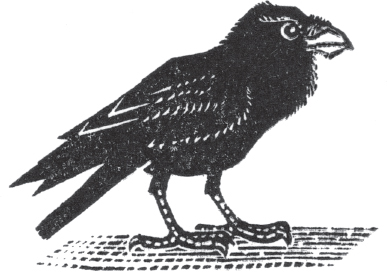





|
A NOTE FROM THE AUTHOR
Near the very beginning of the twenty-first century, when I was writing The Amber Spyglass , we were living beside a large park on the northern edge of Oxford. It was a summer when, for some reason, thousands upon thousands of starlings had taken to roosting in the trees at the edge of the park, and on the long warm evenings I used to walk in the park by myself and enjoy the sight of the immense flocks gathering in the sky, swirling and looping and turning as if an invisible hand had taken the corner of an enormous tablecloth and flicked it sideways.
I was often alone when I came to look at the birds. It was as if I was the only person who’d seen them. And, looking up, I couldn’t help noticing another phenomenon: it was a summer of magnificent evening cloudscapes. Vast mountains of apricot-coloured, lemon, blue-black, rose-pink, dove-grey, ivory, cream, thunder-bruise mountains of vapour formed and unformed and reformed themselves against a blue so perfect it might have been eternal.
So I felt that something remarkable was happening in the sky, and that no one was watching it but me. That was the state of mind in which I started writing Lyra’s Oxford , and not surprisingly, perhaps, the story began with birds, and it was a bird-dæmon coming from the far north that set off the climax. (The cloud scapes appeared as the Clouded Mountain in The Amber Spyglass : waste not, want not.)
And the raven that the great John Lawrence drew for Lyra’s Oxford became an image of my own dæmon, and now she appears on everything I write. I have a lot to thank the sky for.
Philip Pullman
